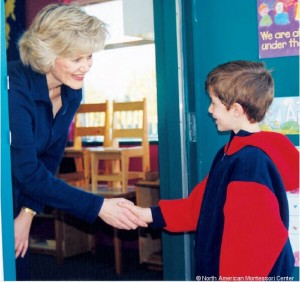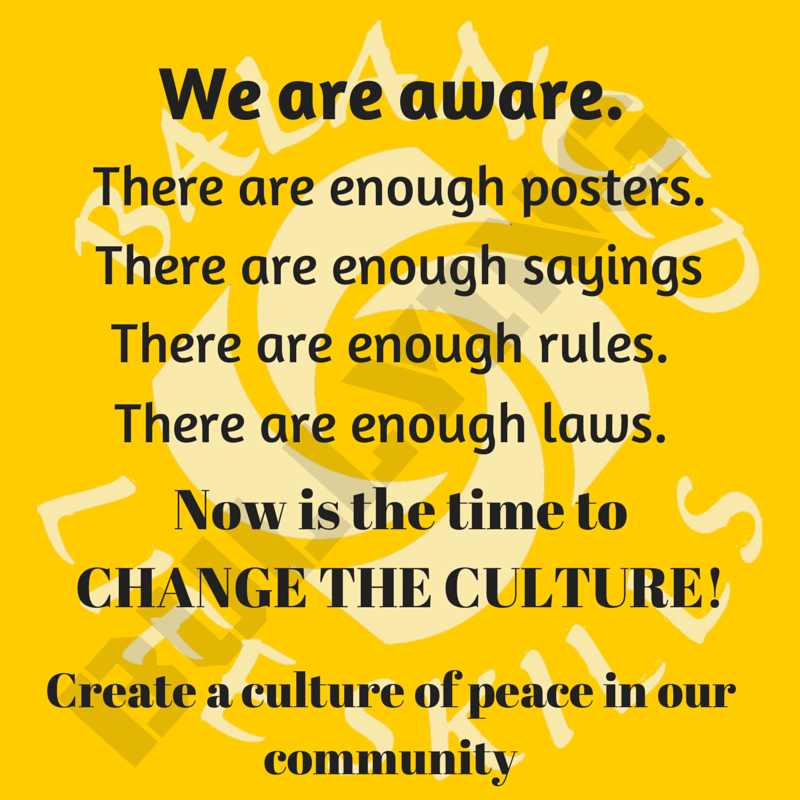 As we look at the question of bullying in our schools and how to deal with this issue, it may be that we should stop looking at the kids and wondering what is wrong with them and ask ourselves what are we doing that sets a better example for them. If our goal to change the culture of schools to a culture of kindness and a culture of peace is to come to fruition, we must include everyone – including ourselves as parents, teachers and administrators.
As we look at the question of bullying in our schools and how to deal with this issue, it may be that we should stop looking at the kids and wondering what is wrong with them and ask ourselves what are we doing that sets a better example for them. If our goal to change the culture of schools to a culture of kindness and a culture of peace is to come to fruition, we must include everyone – including ourselves as parents, teachers and administrators.
How do we go about changing culture?
Step one: Set Expectations – Ask ourselves what do we want our culture in the schools to look like? What are the core values that we want to live by in the classroom to be? Does everyone from administration to the student understand what those values look like in real action? Do they agree that these are good goals?
Step two: Role model – This step after agreeing to what it looks like is the personal practice. As the teacher in the classroom am I demonstrating the core values, am I living them? As the administrator in the school, do I treat the teachers and custodian with the same level of respect when asking them to do something that I expect from the students when they make a request of a teacher. Every school may have different core values or we could call it personality traits. Each school though would agree that respect is at the top of the list.
Step three: Teach your students – As we are adjusting ourselves as parents and teachers, there is something very helpful about teaching the values and social skills that we want to see in our students and children. This should be done on a daily basis, just the same as the way we teach any subject. While the role modeling is our biggest teacher, helping student in just 3 minutes a day to understand how the skills can be seen in real world will also be a great aid to the teacher. ETED is the acronym for Every Teacher Every Day – shall I add in every class. Teaching the values and skills of a peaceful society in every class by every teacher tells the student – this is not a program – this is what our school does.
Three steps, none of them are particularly easy. All of them require that we think about what we stand for and believe in and force us to work on ourselves. Most if not all of our teachers and administrators have Masters and Doctorates. Our goal is to live Mastery – not willing to have a mediocre classroom – but to have a peaceful, kind classroom that kids are enjoying learning in. As a group of dedicated educators we can change the culture of our schools and classrooms. If you want to learn more, please contact me to start the process in your home or in your school.


